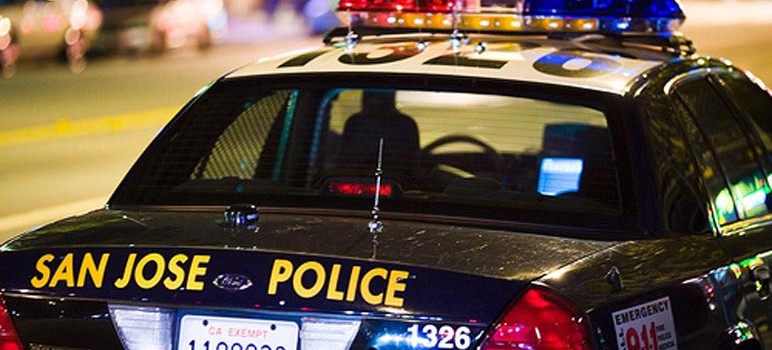Joseph D. McNamara served as San Jose's police chief from 1976-91. He was a smart and courageous leader who brought national and international prominence to San Jose, introducing the city to the best practices in law enforcement.
Even though I last saw him at his first book signing at the Winchester Mystery House in the ’90s, he left a lasting impression on me. With interest I followed his writings and advocacy on several issues, including a national dialogue on the legalization of drugs—in light of the failure of the billions-dollar War on Drugs. His death Friday from pancreatic cancer is a huge loss for our community.
During his tenure as police chief, community policing became a popular strategy. Community policing is an organizing philosophy that combines traditional aspects of law enforcement with prevention measures, community relationships and engagement.
I had the opportunity to play a few tennis matches with Chief McNamara at the San Jose Swim and Racquet Club. He was intensely competitive. His daughters babysat my son, Zack, during the first years of his life. I had the utmost respect for the Chief and I invoked his name in my work as an elementary and middle school principal on many occasions in the ’80s and early ’90s.
I attempted to make the essence of community policing a focus in my work as principal, in order to keep students and staff feeling safe on campus. In fact, I made it a point to know the beat officer who patrolled the neighborhoods around my schools. We alluded to the concept in our Blue Ribbon application to the U.S. Department of Education at Rogers Middle School in Moreland. We won the award as one of the top middle schools in America in 1990.
I made certain the officers knew they were always welcome on campus. They had their own mailbox to receive all school communications and a personal coffee cup. I encouraged them to come around at recess or lunch to throw a football or shoot hoops with my elementary or middle school students.
The officers and sometimes the sergeants built meaningful relationships with students, parents and staff. Sometimes parents wondered why a patrol car was often times parked in front of the office. Once explained, they were always on board with the goal.
In 1996 I became the principal of Thomas Russell School in Milpitas. Two years later, the city and school district developed a compact to fund full-time Safe School Resource Officers at both Russell and its sister middle school, Rancho. The city of Milpitas and the district each contributed 50 percent to the cost of 2.0 full-time employees. It was an extraordinary partnership that paid huge dividends for many years until funding shortfalls led to its demise.
As a Santa Clara County Office of Education trustee and advocate for public education, I would strongly encourage cities like San Jose and its 19 school districts to look at new sources of Local Control Funding Formulas (LCFF) to promote the School Resource Officer (SRO) model. LCFF dollars will be increasing significantly over the next several years for several San Jose school districts. No doubt, the students must first feel safe before they can reach their potential in the classroom.
On another note, a great retired San Jose police officer, Darrell Cortez, who I have had the privilege of working with, is executive director of the nonprofit foundation Shop With a Cop. The organization promotes a shopping day with a uniformed officer for low-income, at-risk youth around the holidays.
In honor of the huge impact Joseph P. McNamara's life and career had on our city, perhaps in his name we can pitch in to help Cortez so that hundreds of low-income youth from San Jose will benefit.


A very informative and enjoyable article.Such great ideas for all our cities and schools. I wish this had a larger area of exposure. Thank you. ~
The official name for the the foundation is , shop with a cop Foundation of Silicon Valley http://www.shopwithacopsv.org P O Box 8003 San Jose, CA 95155